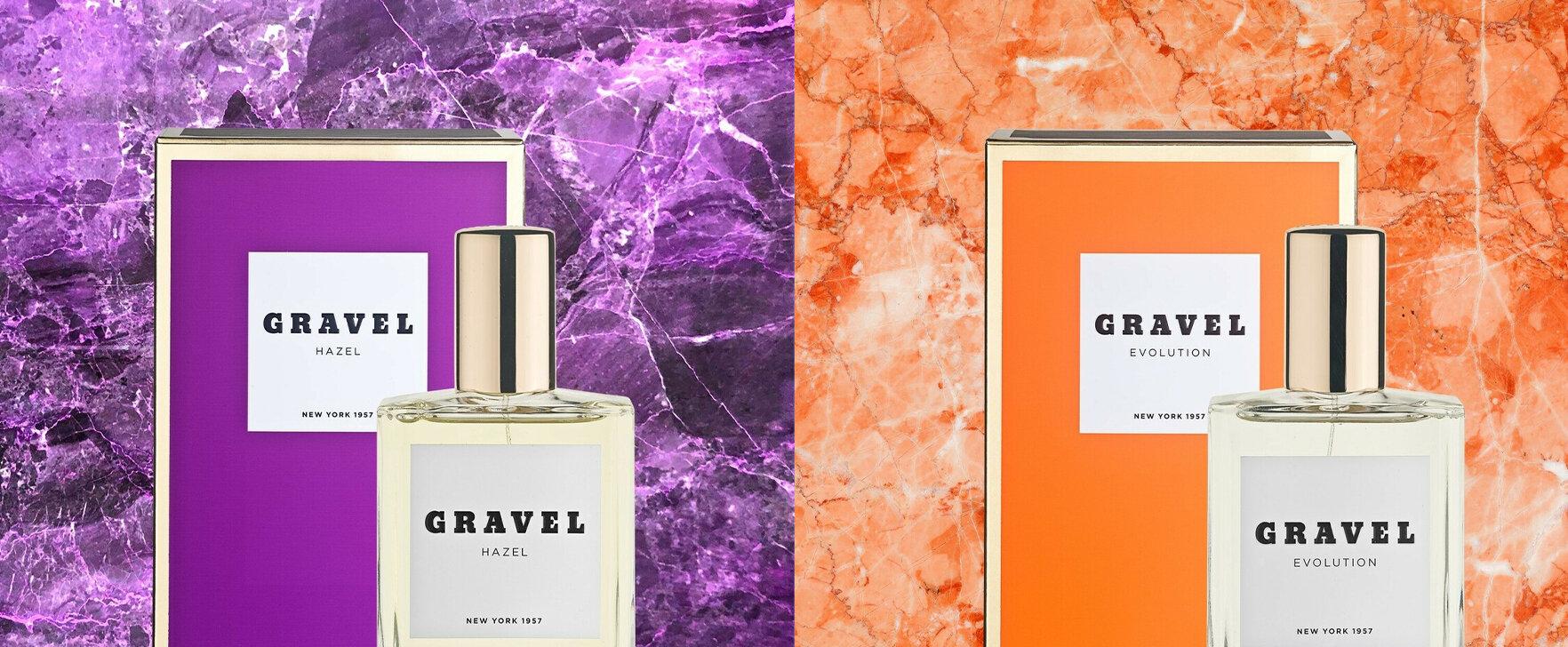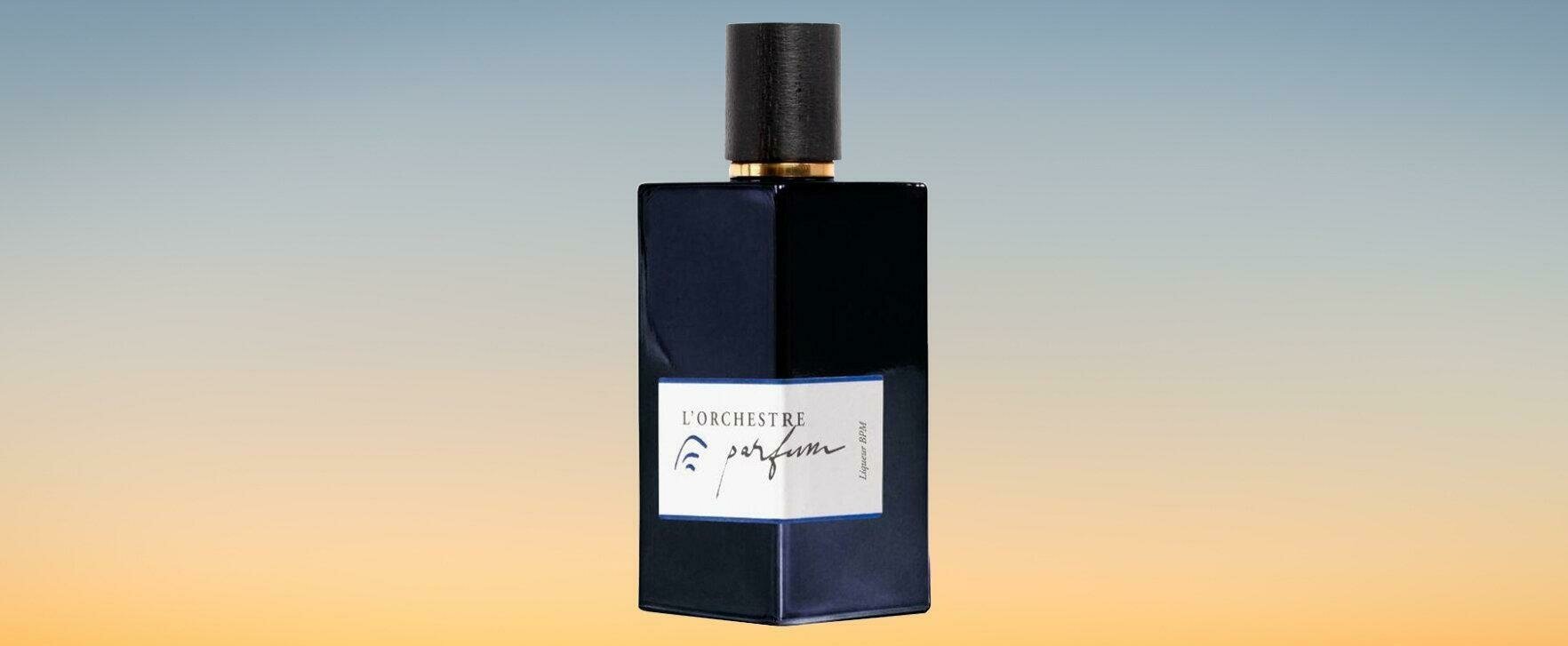
Europe's Fragrance Worlds: Fascinating Perfume Museums and Events
Exhibitions all about perfume fascinate scent lovers and history buffs alike. In the museums of olfactory art, forgotten aromas are brought back to life and the stories behind the mysterious scents are revealed. From the exquisite creations of ancient civilizations to the revolutionary masterpieces of modern perfumers, this article will take you on a little discovery tour of some of the most fascinating perfume museums and events in Europe.
Museums in France
Musée International de la Parfumerie
The world's largest fragrance museum is located in Grasse, the French world capital of perfume. Founded in 1989, the Musée International de la Parfumerie is the first public institution to protect and promote the world heritage of fragrances, flavors and perfumes. Visitors have the opportunity to immerse themselves in the multi-faceted history of perfume in an area of 3,500 square meters, from the noble raw materials to the artful manufacturing and distillation processes, the flourishing industry, trade, design, marketing and use of perfumes. In addition to the insights into the past and the traditional practices of perfume making, the latest innovations and technologies are also presented.
The museum showcases the many uses of fragrance from technical, aesthetic and cultural perspectives, with pieces on display dating back up to 4,000 years. The collection of perfume vessels ranges from ancient ceramic vessels from the Bronze Age to Greek arybals and ornately designed porcelain flacons from the 18th century, as well as contemporary examples.
A trip to the Musée International de la Parfümerie in Grasse thus promises to be a unique and enriching experience, exploring the world of perfume in an impressive and informative way.
Address: 2, Boulevard du Jeu de Ballon, 06130 Grasse
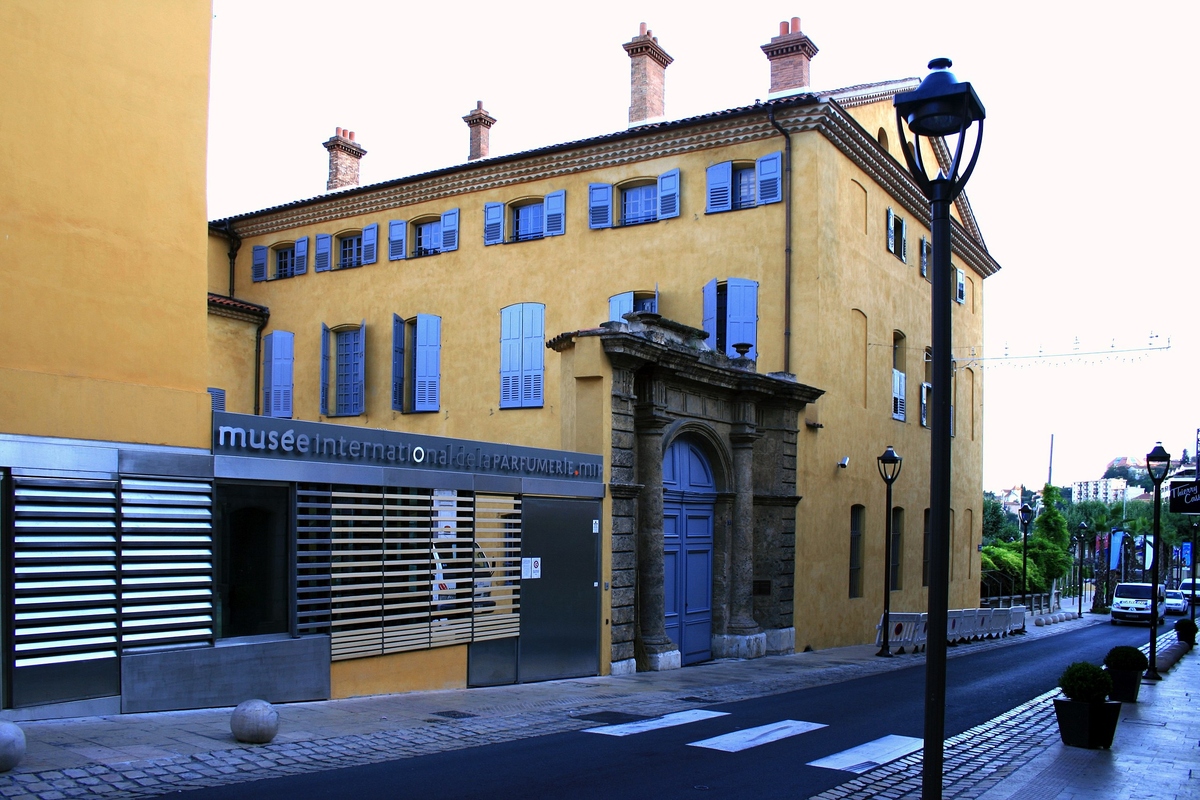
Fragonard Musée du Parfum
This private museum in the heart of Paris, next to the Opera Garnier, takes visitors into the atmosphere of a perfume factory from the late 19th century. Through a staging of old artifacts, archives and videos of modern production, the secrets of perfume making are also revealed in this museum.
Another part of the building presents antique perfume bottles, illustrating the history of perfume from ancient Egypt to the 20th century through nearly 300 art objects. This exceptional collection includes khôl pots, aryballes, lekythes, pomanders, vinegar retts, perfume burners, potpourris, travel boxes, salt flasks and precious bottles.
In addition to its exhibitions, the Musée du Parfum by Fragonard also offers perfume courses where visitors can learn the art of perfume creation. Furthermore, it is possible to rent the 2000 square meter museum for private events.
Address: 9 Rue Scribe, 75009 Paris, France
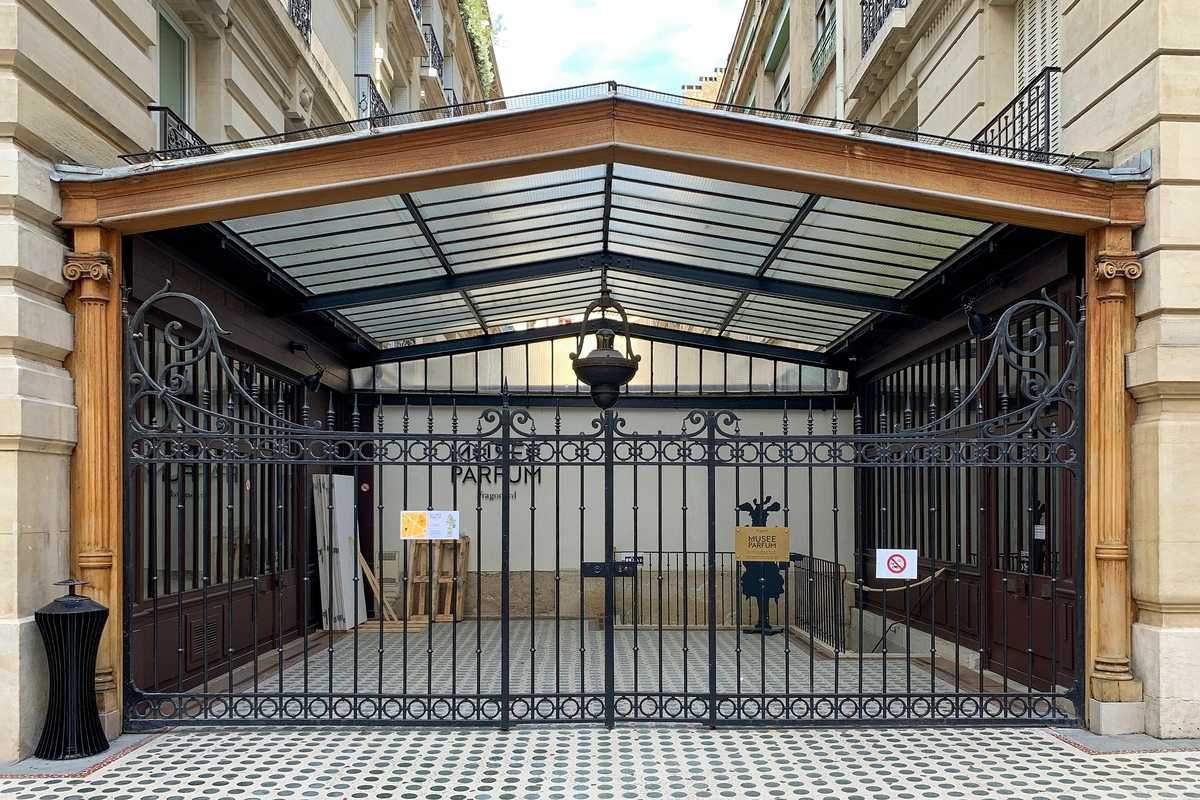
Osmothèque
The Osmothèque fragrance museum in Versailles fulfills an important role as a perfume archive. It houses an extensive collection of contemporary perfumes as well as antique fragrances that have disappeared from the channels of commerce. For example, the Osmothèque cellar houses the first-century Parfum Royal, "Fougère Royale", "Le Fruit défendu", "Le Chypre by Coty" and many other olfactory treasures.
The museum is dedicated not only to the presentation of historical perfumery, but also closely follows the developments of the modern perfume industry and emerging trends. Particular interest is paid to niche brands that are shaking up the traditional perfume market and daring to break new ground.
Address: 36 Rue du Parc de Clagny, 78000, Versailles, France
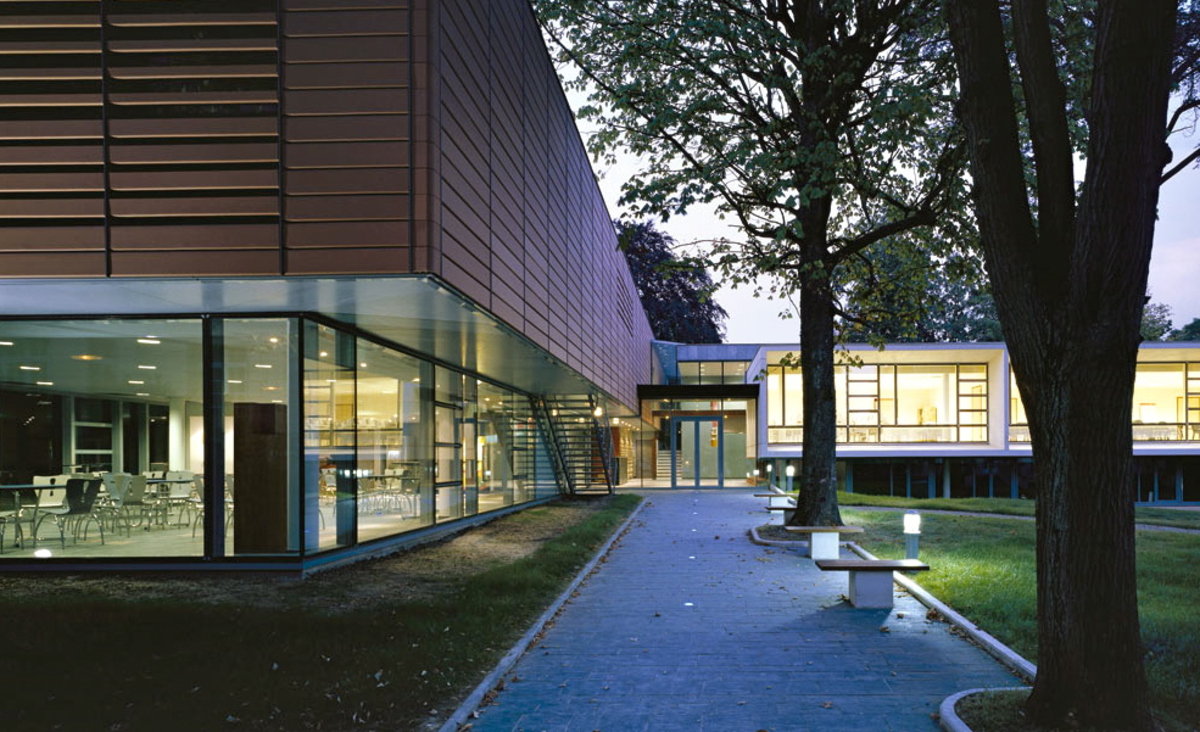
Spain
Museu del Parfum
In the center of the lively city of Barcelona is the Museu del Perfum, which has opened its doors since 1963. In the museum s showcases, visitors can admire vessels from Egyptian, Greek, Etruscan, Roman, Arab and other ancient cultures, spanning centuries. The extensive collection includes over 5,000 ancient and modern flacons, as well as miniatures, catalogs, labels and historical promotional material.
The museum is divided into two sections: One section displays the vessels, perfume bottles, ointment jars and other containers from ancient times to modern times. The exhibition follows a chronological order so that visitors can follow the evolution of shapes, styles and materials over the centuries. In the other section, industrially produced flasks are displayed from the second half of the 18th century to the present. Here the bottles are arranged according to the brands, regardless of their year of publication.
Address: Pg. de Gràcia, 39, 08007 Barcelona, Spain
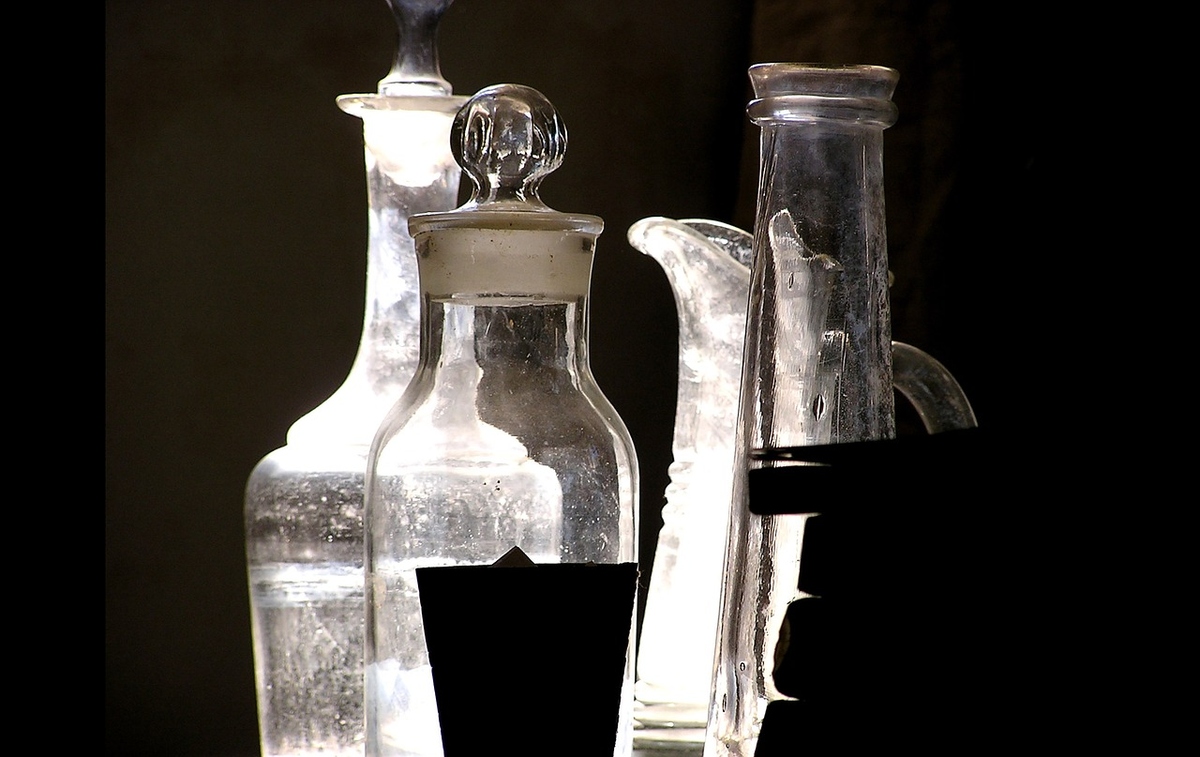
Germany
Fragrance Museum in Farina House
This Cologne museum brings the history of perfume making to life.
The building at the Obenmarspforten has been the headquarters of Johann Maria Farina since 1723, opposite Jülichs-Platz, the oldest existing perfume factory in the world.
On several floors get visitors an insight into the production methods of the famous "Eau de Cologne" as well as the equipment that was used at the time for the production. Among other things, the distillation apparatuses used by Farina for the first time increasingly in perfume production are presented. The documents and images on display show the success story of the fragrance, including attempts at plagiarism before it gained legal trademark protection. In addition, the museum houses exhibits that show the evolution of perfume production and marketing.
The Farina House immerses visitors in the fragrance and cultural history of three centuries, beginning with the Rococo era. Objects of art, paintings and pieces of furniture convey the global connections of the Farina perfume dynasty.
Address: Obenmarspforten 21, 50667 Cologne

The 4711 fragrance house
The 4711 Fragrance House, which houses both a museum and a store, tells the story of the famous "Genuine Cologne (Eau de Cologne)" by 4711.
The history of the fragrance dates back to the 18th century, when Johann Maria Farina created the perfume. The "Original Eau de Cologne" is based on a special mixture that was sold as a remedy from 1709 under the name "Aqua Mirabilis". Soon after, other "Kölnisch Wasser" came on the market using the name "Farina" and J.M. Farina had to take action against imitations. In 1792, Georg Mühlens launched his product on the market, which led to a protracted dispute over the name. Eventually, Georg Mühlens' product was renamed "Echt Kölnisch Wasser" (from 4711) . Both companies continue to produce today; Farina Gegenüber claims to still use the original recipe, which is over 300 years old.
In the museum there is a fragrance fountain in which the 4711 original "Echt Kölnisch Wasser" circulates. In addition, visitors can see exhibitions with old Rosoli bottles and historical perfume creations.
Address: Glockengasse 4, 50667 Cologne, Germany
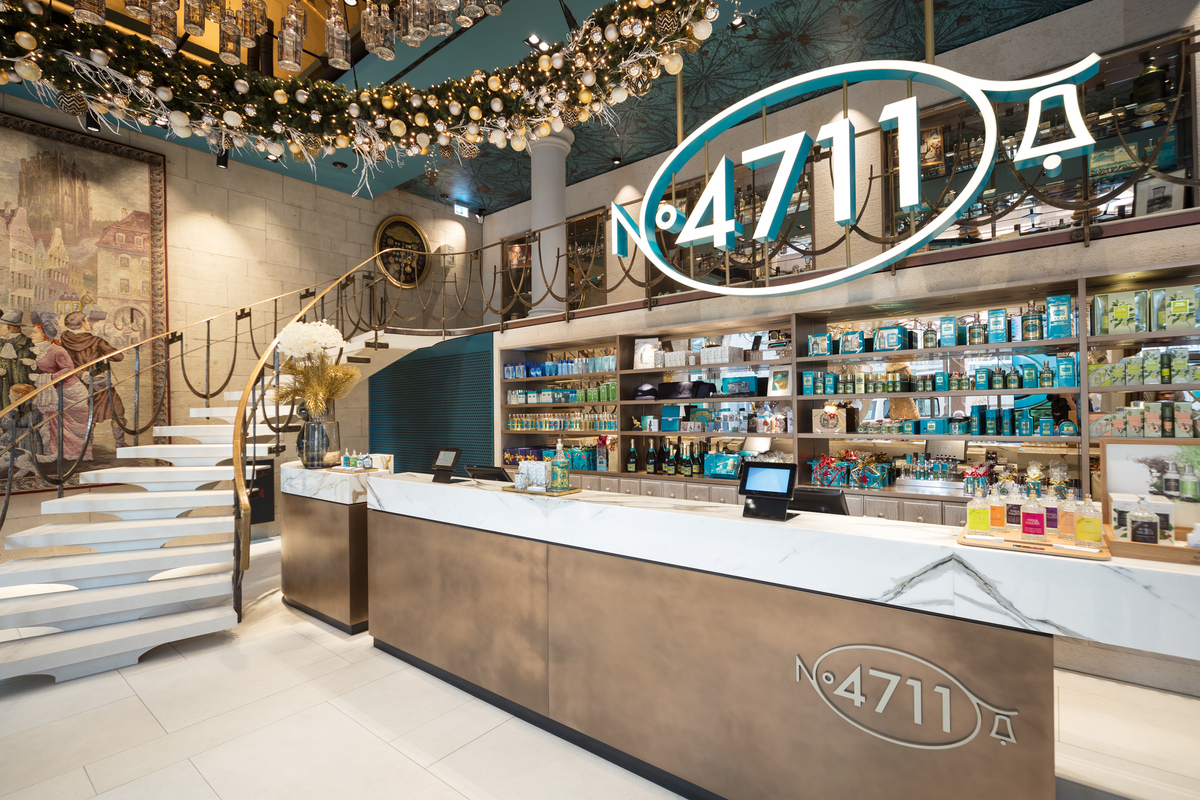
The Parfuem Museum
On the premises of the G-Kosmetik company in Mehlingen-Baalborn, visitors can expect to see the Perfume Museum, where precious flacons from the 17th and 18th centuries are presented on artistically hand-sewn red silk pillows. The museum also offers insights into the raw materials and equipment once used to extract the precious oils.
Another highlight is the perfume gel, on which 150 different fragrances are arranged in small, dark brown vials. But it's not just the exhibits that make the museum special. The rooms are based on the film adaptation of the novel "Perfume," which makes the visit an impressive experience.
Address: Kehrstraße 18, 67678 Mehlingen-Bahlborn
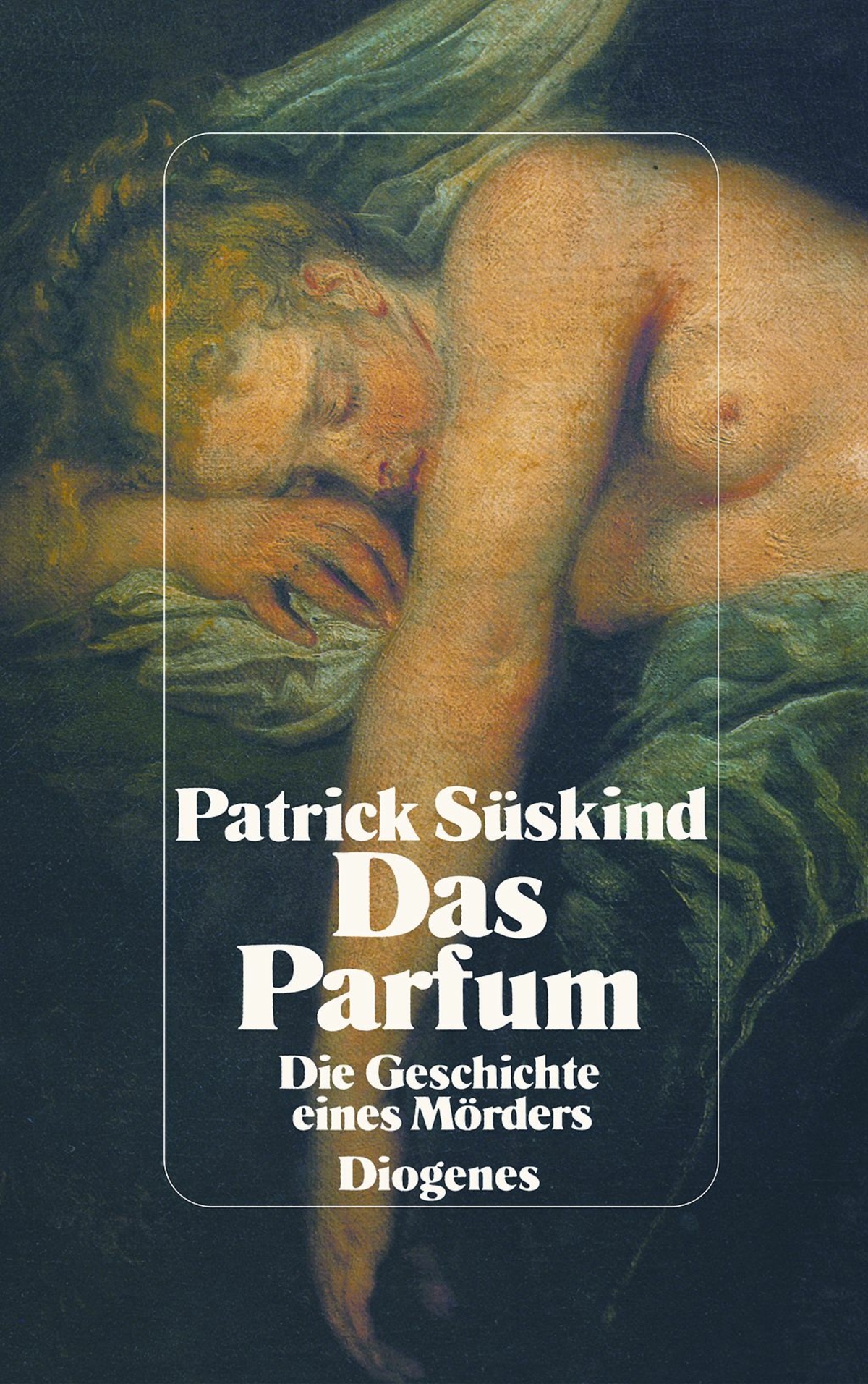
European flacon glass museum at Rennsteig
The European Flacon Glass Museum in Kleintettau presents an extensive collection of flacons and glassware that take visitors on a journey through the history of glass. The exhibition begins with the beginnings of sand-core technology in ancient Egypt and shows the progressive development up to the vessels of the 17th and 18th centuries.
In addition to the flacons and glassware, the museum offers a special area dedicated to modern glass trades and finishing techniques. From a live grandstand, visitors can see firsthand how flacons are made and glass is refined. In the Room of Fragrances, also known as the Rose Room, visitors can learn about and be inspired by the various ways fragrances are composed and made. For flacon lovers, the permanent exhibition "Perfume Flacons - A Journey through Time in the 20th Century" offers an insight into the art of the flacon using exhibits from the period 1920 to 1990.
Address: Glashüttenplatz 1-7, 96355 Kleintettau
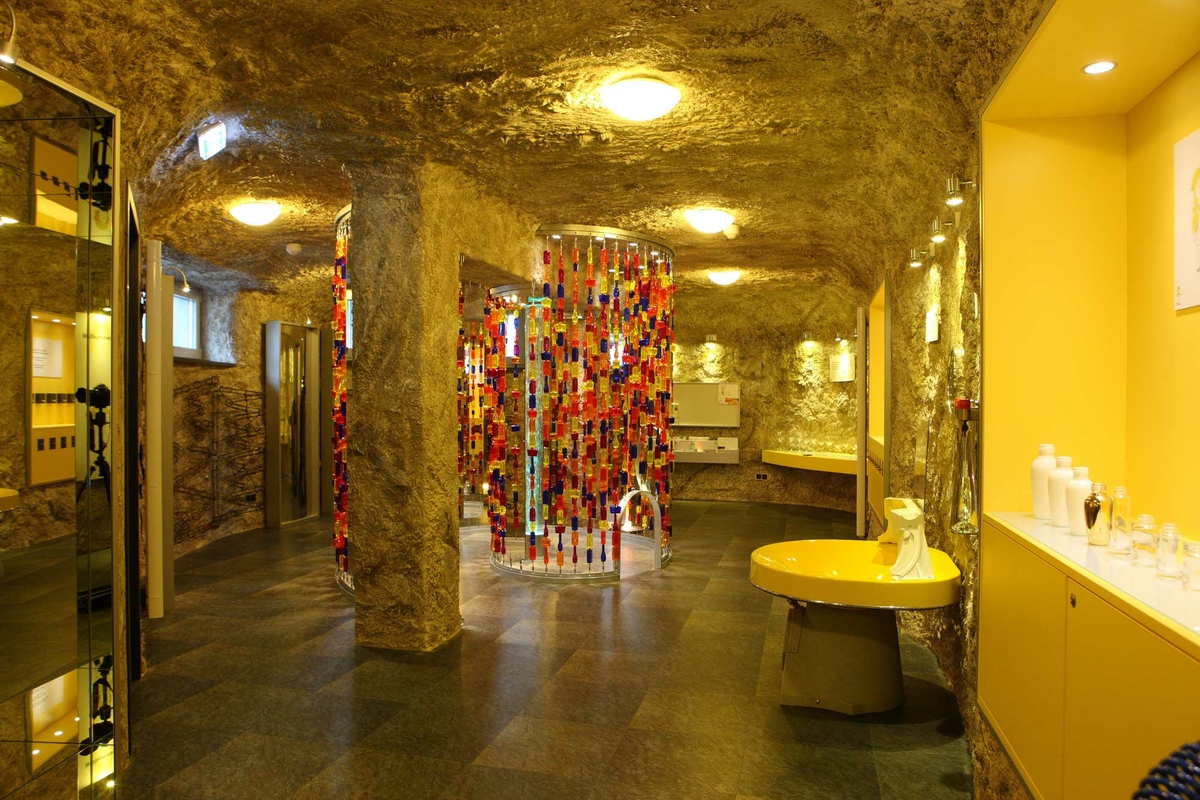
Esxence and Pitti Fragranze: the stage for creative fragrance innovations
In addition to museums, Europe is also home to major events that bring together perfume lovers, experts and industry insiders to discover the latest trends and innovations. Two of the most outstanding events are held annually in Italy: Esxence and Pitti Fragranze.
Esxence - Milan
As an international trade fair for niche perfumes and luxury fragrance products, Esxence attracts perfume industry professionals and fragrance lovers from all over the world. Exhibitors from established perfume brands, emerging niche fragrance brands, manufacturers of fragrance accessories and ingredients, and suppliers of packaging and services for the perfume industry meet here. There will be inspirational talks and interactive workshops where perfumers and experts will share insights into the art of perfumery, the latest innovations and creative approaches to fragrance creation.
By bringing together talented artists and enthusiasts, Esxence provides an opportunity to celebrate niche fragrances and actively participate in the advancement of the perfumery industry.
Esxence was held this year from March 30 to April 2. The organizers have already planned the next edition for March 2024.
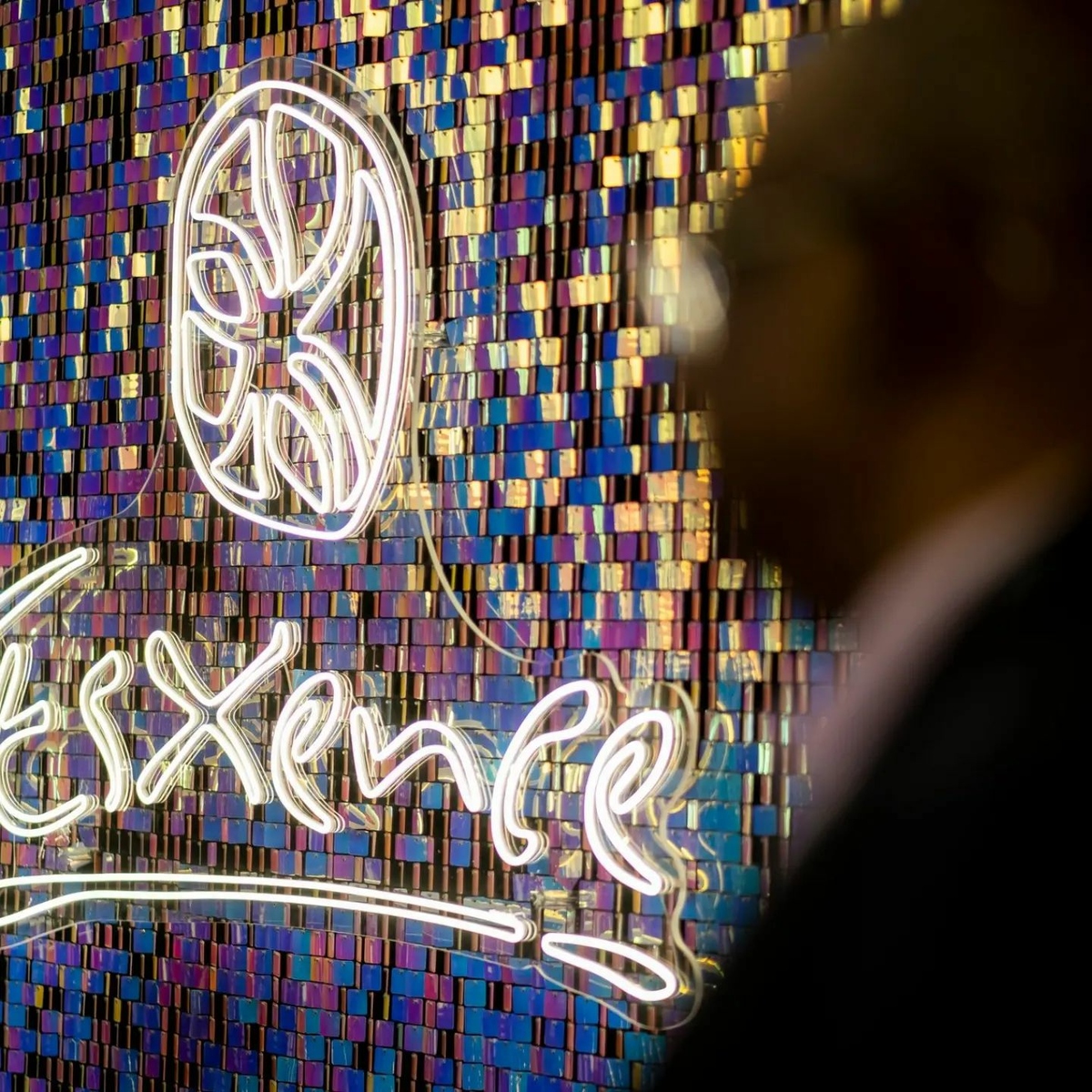
Pitti Fragranze - Florence
Pitti Fragranze also attracts quite a few perfumers, retailers and fragrance enthusiasts every year. Each year, Florence transforms into the vibrant center of this event, which serves as a platform for the creative exchange of ideas, captivating product presentations and groundbreaking discussions about the perfume industry.
The 20th edition of Pitti Fragranze took place from September 16 to 18, 2022, defying the challenges posed by Covid-19. More than 140 brands, nearly 1,250 business people from 50 countries and more than 200 journalists, influencers and media partners gathered at Leopolda Station. The Osmothèque of Versailles was also present at the fair.
The next edition of Pitti Fragranze is already in the starting blocks and will take place from September 15 to 17, 2023.
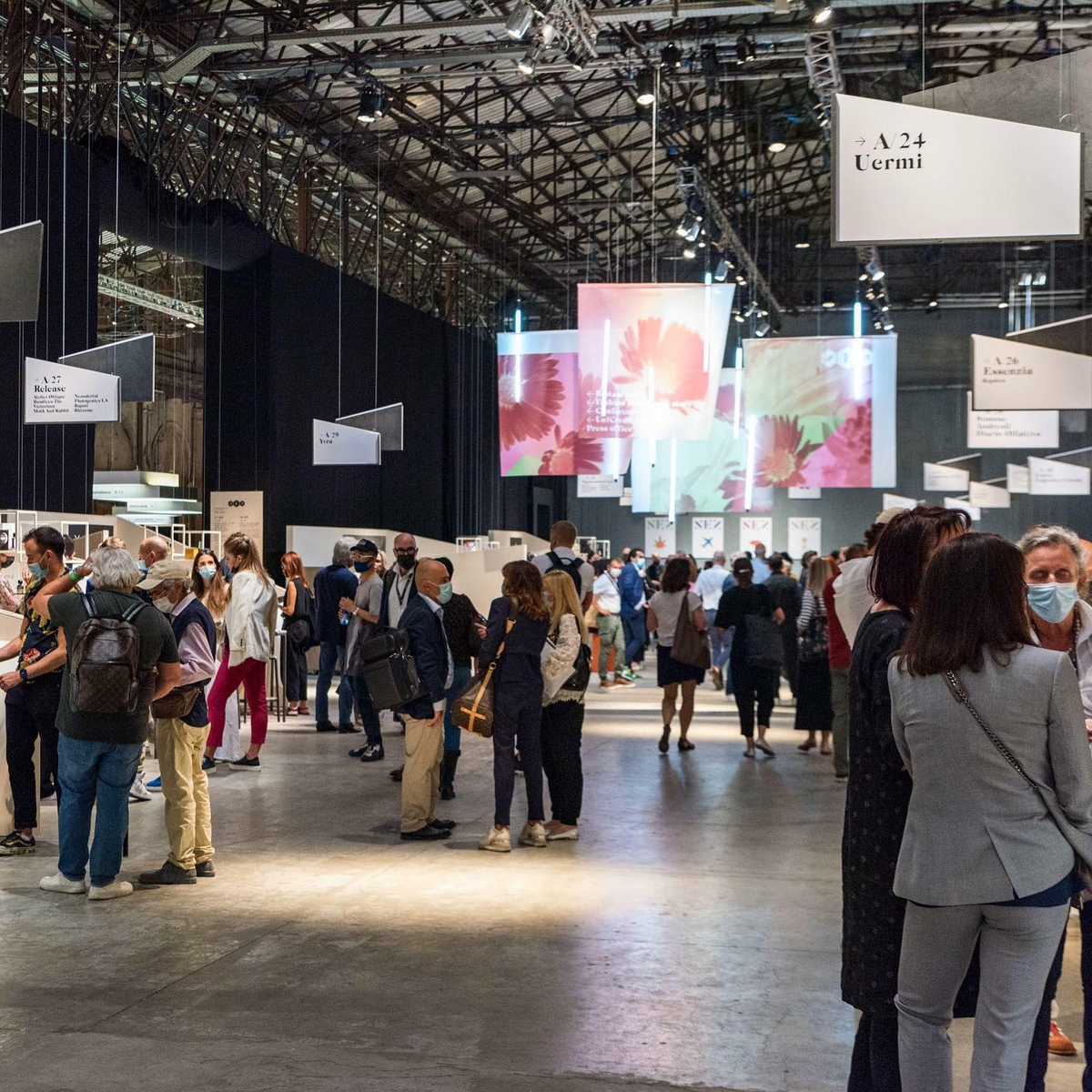
Which fragrance museum or event have you been to? Are there any other fragrance museums or events that you can recommend?
Image credits:
- jean-louis Zimmermann - Flickr: musée international du parfum (GRASSE,FR06), CC BY 2.0, https://commons.wikimedia.org/w/index.php?curid=22190657
- By Chabe01 - Own work, CC BY-SA 4.0, https://commons.wikimedia.org/w/index.php?curid=116784843
- Par Guiclan at the Osmothèque — Media archives of the Osmothèque., Domaine public, https://commons.wikimedia.org/w/index.php?curid=26636111
- Pixaby: PIRO4D
- foto made by FARINA GEGENUEBER in 2009 - foto made by FARINA GEGENUEBER in 2009, Copyrighted free use, https://commons.wikimedia.org/w/index.php?curid=9973589
- By Foto made by Farina - Farina Archiv, Copyrighted free use, https://commons.wikimedia.org/w/index.php?curid=8769998
- Diogenes Verlag - Diogenes Verlag, Bild-PD-alt, https://de.wikipedia.org/w/index.php?curid=7475651
- MeCorbeau - Eigenes Werk, CC BY-SA 4.0, https://commons.wikimedia.org/w/index.php?curid=123576765
- Esxence - https://www.instagram.com/esxenceofficial/
- Pitti Fragranze - https://www.instagram.com/pittifragranze
 Salahharake 2 years ago
Salahharake 2 years ago


 Mikayla
Mikayla